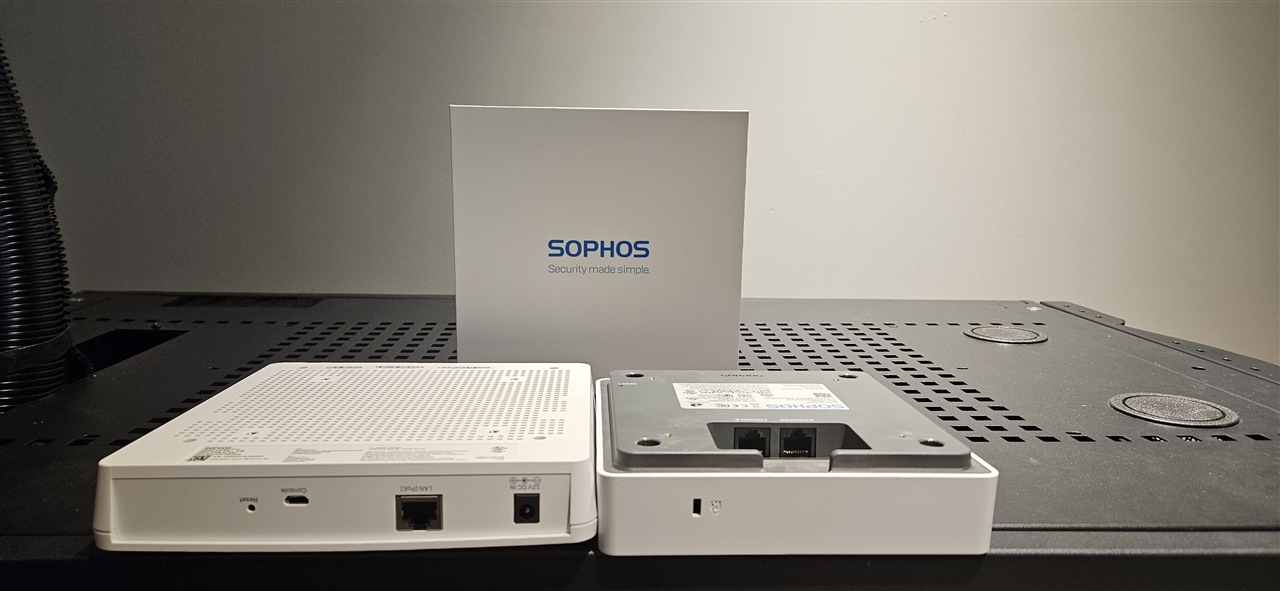We recently moved to a new office and decided to upgrade our two APX 320s to two AP6 420s. The specs on the new APs look great in paper but once we tested them in real life the increase in performance wasn't as much as we expected. Anyways at least in performance we improved a little, however in terms of physical design it went downhill!
I really dislike the new AP6s, the unit is larger and uglier, but the biggest complaint I have is with the positioning of the ETH, USB, Reset and power input on the side instead of in the back of the unit. Our APX 320s looked very nice installed in the dropped ceiling, the AP6 420 show the Cat6 cable connecting to it from the side (not a clean look), plus all the other ports/holes.
This post is meant as feedback for the design team, maybe for the next APs they will go back to a more compact unit and putting the Eth jack in the back again,
Added TAGs
[edited by: Erick Jan at 12:35 AM (GMT -7) on 11 Oct 2024]


